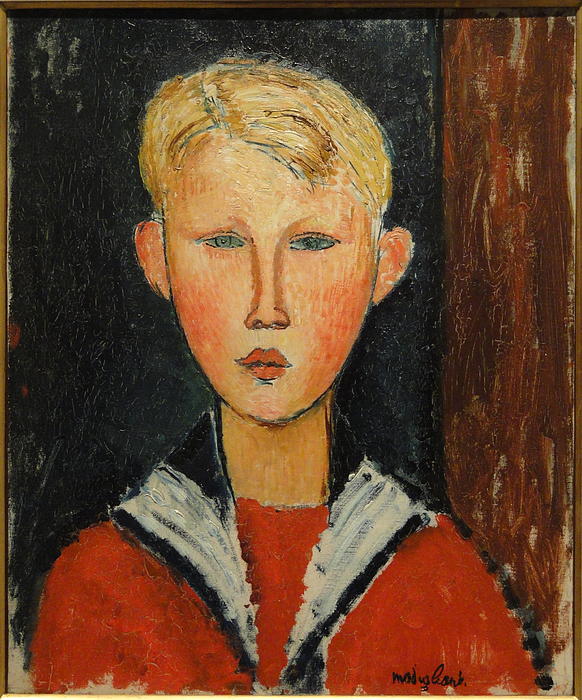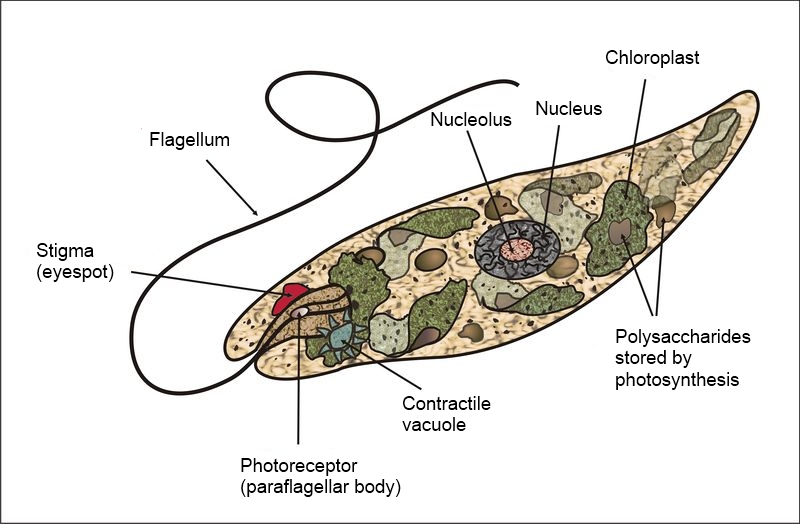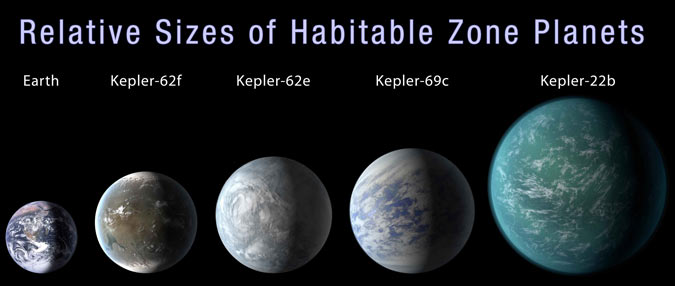AAEE QR art
Wednesday, September 30, 2015
Thursday, May 28, 2015
Joan Miró: Surrealist Dreamscape

- Surrealism was an art movement that emerged due in part to the art world's fascination with scientific discoveries. In the early part of the 20th Century psychology was still in its early stages and a lot of the ideas going around about the human mind and how it worked was not much more than sophisticated guess-work. Scientists like Sigmund Freud attempted to make sense of it all and formulated theories that would later be largely discredited. Learning about the influence these early theories had on artists gave us an opportunity, therefore, to discuss the scientific method, and the way in which all scientific truths are provisional, waiting around to be replaced by new discoveries and more refined ways of understanding the world and ourselves in it.
- Students looked at the work of Catalan painter Joan Miró. They attempted to reproduce his murky, dream-like backgrounds by mixing secondary colors into a swirling soup of muted tones. To this they added bizarre arrangements of shapes, lines and colors. Inspired by the artists use of recurring imagery, the students' drawings are derived from multiple combinations of the same simple designs. Finally they colored these in so that some spaces were opaque and others remained transparent.
Fauvist Portraits in Complementary Colors


- For this project the first grade learned first about a famous portrait painter (Amedeo Modigliani) and then about the art movement called Fauvism. Modigliani was the inspiration for their naturalistic but simplified self-portrait drawings while the Fauves inspired the use of vibrant color.
- In painting their portraits the students had to make use of color theory, especially the idea of complementary colors: colors that look good together precisely because of their differences. Students learned how to identify complementary colors and how to use them for effect in their work. corresponding parts of their portrait on either side of the center line are done in complementary colors (red/green, blue/orange & yellow/purple).
Abstract Paramecium from Stop-Motion Animation

- First graders began by learning and overview of the history of animation from Winsor McCay to modern computer animation like Pixar. They learned a little about the mechanisms that make movie cameras and projectors work and how this technology allows filmmakers to create tricks that give the illusion of movement.
- For our stop-motion animation we wanted to keep things simple and so we chose as our subject matter simple, single cellular life forms such as paramecia. We watched footage of how microscopic organisms move around using tiny hair-like structures called cilia and flagella.
- Students all created their own collage-based abstract microbe with a flagellum and we took dozens and dozens of photographs to create an animated video that would mimic the appearance of these creatures under a microscope.
The Artist's Impression: Extra-solar Planets

- In STEAM the 1st grade learned about how artists and scientists sometimes work together because the differences in their expertise and skill sets complement one another. This is especially evident when scientific study yields a lot of information about something that cannot be seen but is rather known through indirect evidence. The classic example is dinosaurs; all we have are fossil bones and footprints but what we think of most often are the artists' impressions (educated guesses) made by artists about what these creatures might have looked like in life. The burgeoining field of extra-solar planetology is another such area.
- Scientists have confirmed the existence of about two thousand "exoplanets" orbiting distant stars. We cannot see them but we can infer their size and even their composition from indirect evidence. Comparing tis information to the planets we can see (those in our own solar system) artists can make a good guess about what a planet might look like.
- To create their own impression of an exoplanet, students learned about the surface features we observe on large gaseous planets like Jupiter or Saturn and on smaller rocky planets like Mercury and Mars.
- They used a compass to draw a circular shape and colored on the surface features. These features gave an indication of their planet's "actual" size that had to agree with its relative size compared to a photograph of the Earth intended to show scale.
Japanese Cherry Blossoms
- Kindergarten learned about Japan, it's culture, history and geography. We especially looked at the way these interact, for instance in the way Japan's geographical isolation allowed Japan's art forms to develop their own unique aesthetic values based on simplicity.
- Students created their own cherry blossom paintings using India ink. The creation of these pieces included a mini physics lessons as students experienced how a gas (their own breath) has mass despite being invisible and is able to exert force. They used a straw to blow a bead of ink across the paper and create the branches for their blossoms.
- To paint each flower they dipped their brush in red on one side and white on the other, allowing the colors to mix and form pink during the painting process.
Ansel Adams: Close-ups of Nature in Black & White

- Ansel Adams was a nature photographer. His subject matter was close to his heart; as a director of the environmentalist group called the Sierra Club Adams helped fight for the cause of nature conservation.
- Through this photography project students enlarged upon the distinction they were learning to draw between living and non-living things in their science unit to also distinguish between "natural" and "man-made". Like Ansel Adams, they would seek out subject matter that was from nature.
- Once a photographers know what the subject matter of their pictures will be they need to decide how to photograph it. Students looked at a variety of photographs and learned first to identify and then to create their own "close-ups".
- On our own "Nature Island" students had frame close-up photos that showed interesting views of nature without including any of the made-made objects around them (cars, buildings, asphalt, etc.). These photos were then edited on the iPad to be black and white and students adjusted brightness and contrast to improve their appearance.
Subscribe to:
Posts (Atom)




